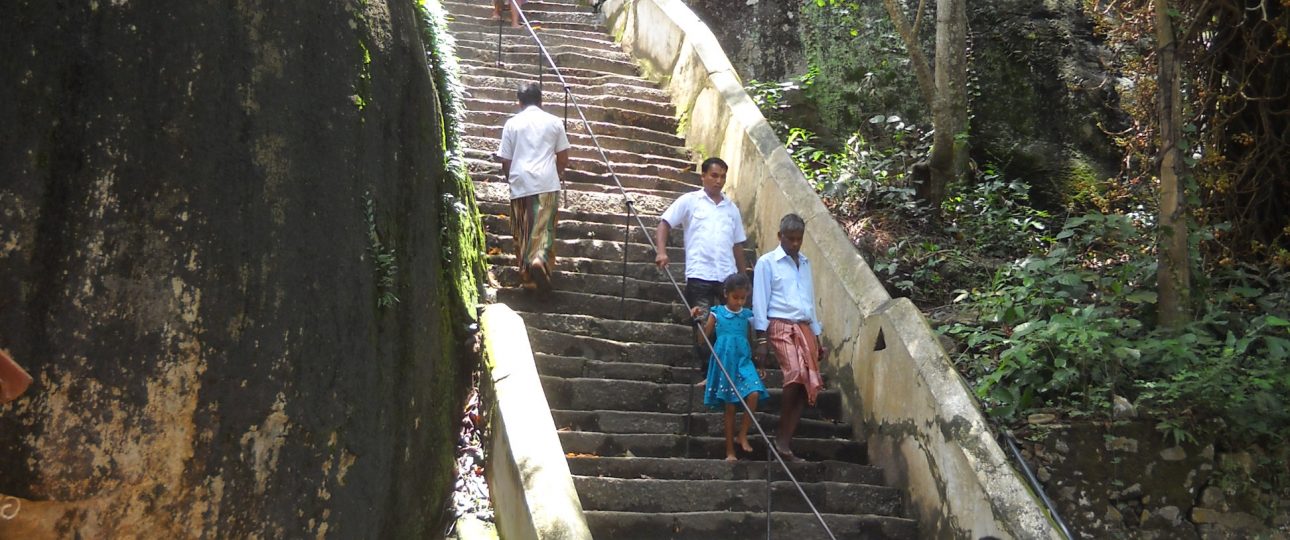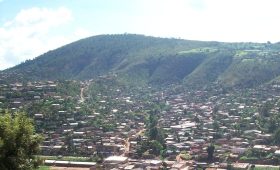Mulkirigala Rock Temple: A Historical Marvel in Sri Lanka
History and Significance
The Mulkirigala Rock Temple, also known as Mulgirigala or Punchi Seegiriya, is a site of great historical importance in Sri Lanka. According to the ancient chronicle Mahavamsa, it was constructed by King Saddhatissa in the third century. Over the years, it received patronage from various kings, including King Datusena and King Kirti Sri Rajasinghe, who contributed to its development.
This temple is renowned for its intricate murals and stone carvings that depict scenes from Buddhist mythology. These artworks offer insight into the religious and cultural life of ancient Sri Lanka. The temple’s spiritual significance is further highlighted by its connection to the Bodhi tree, believed to be a sapling from the original tree under which the Buddha attained enlightenment.
Architectural Features
Perched on a 205-meter-high rock, the Mulkirigala Rock Temple is divided into seven levels, each offering unique views and attractions. The temple complex consists of seven viharas within five compounds, including Siyambalamaluwa, Lower Vihara, Bomaluwa, Raja Maha Vihara, and Upper Vihara. Each compound houses various statues, stupas, and ancient artifacts.
The Seven Levels of the Temple
- Siyambalamaluwa: This area includes the museum, lower temple, and rest house.
- Lower Vihara Compound: Features the Raja Maha Viharaya, tombs, and the largest reclining Buddha image in the temple.
- Bomaluwa: Known for the Vesak hall compound and the sacred Bodhi tree terrace.
- Raja Maha Vihara Compound: Contains the Piriniwan Manchakaya, Aluth Viharaya, and ancient rock inscriptions.
- Upper Vihara Compound: Home to the Dethispala Bodhiya and other significant structures.
Best Time to Visit
The ideal time to explore the Mulkirigala Rock Temple is during the dry season, from December to March. This period offers pleasant weather, making it easier to navigate the temple’s steep pathways. However, be prepared for crowds on weekends and public holidays. For a quieter experience, consider visiting on a weekday.
Getting There
The temple is accessible by taxi or hired driver from nearby cities like Matara or Tangalle, with the journey taking about an hour. The drive offers scenic views of Sri Lanka’s countryside, adding to the overall experience.
Exploring the Temple
Once at the temple, you can explore the various levels on foot. The pathways are well-maintained, but the climb can be steep, so comfortable shoes are recommended. For those interested in the temple’s history, hiring a local guide can provide valuable insights and enhance your visit.
Visiting the Mulkirigala Rock Temple is a journey through history, art, and spirituality. Its ancient murals, unique architecture, and serene atmosphere make it a noteworthy destination for those exploring Sri Lanka’s rich cultural heritage.




